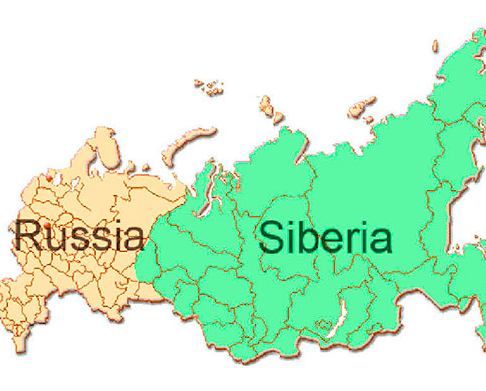 Flour production is growing in Moscow, the Moscow region and St. Petersburg. Siberian wheat - first of all, Omsk, Novosibirsk and Krasnoyarsk - is supplied to the central part of Russia, and the more expensive Siberian flour with its full railway tariff was not in demand.
Flour production is growing in Moscow, the Moscow region and St. Petersburg. Siberian wheat - first of all, Omsk, Novosibirsk and Krasnoyarsk - is supplied to the central part of Russia, and the more expensive Siberian flour with its full railway tariff was not in demand.
As a result, the added value is created at the Kirov's Leningrad Bread Factory in St. Petersburg. At the same time, Altai and in the Omsk region flour production is declining. By the way, in 2018, Kirov's Leningrad Bread Factory became the leader in the export to China of flour produced, including from Siberian grain.
In 2018, flour production in the Altai Territory decreased by 6.6% to 1.006 million tons, Altai Vice Governor Alexander Lukyanov notes. At the same time, the capacities of large and medium-sized enterprises are capable of producing more than 1.6 million tons of flour. Meanwhile, according to the Union of Altai Grain Processors, the Altai Territory overcame the 1.1 million tons bar in 2002, and has never dropped below it. However, not only Altai reduced the production of flour, but six more of the ten largest grain regions (Omsk region became the leader of the fall). "We are doing everything to ensure that Siberia remains a raw materials appendage to Russia. And no matter how much we say that it is necessary to benefit from grinding and trade in flour, cereals, etc., including for export, everything is useless," Lukyanov said.
Source: zol.ru.

